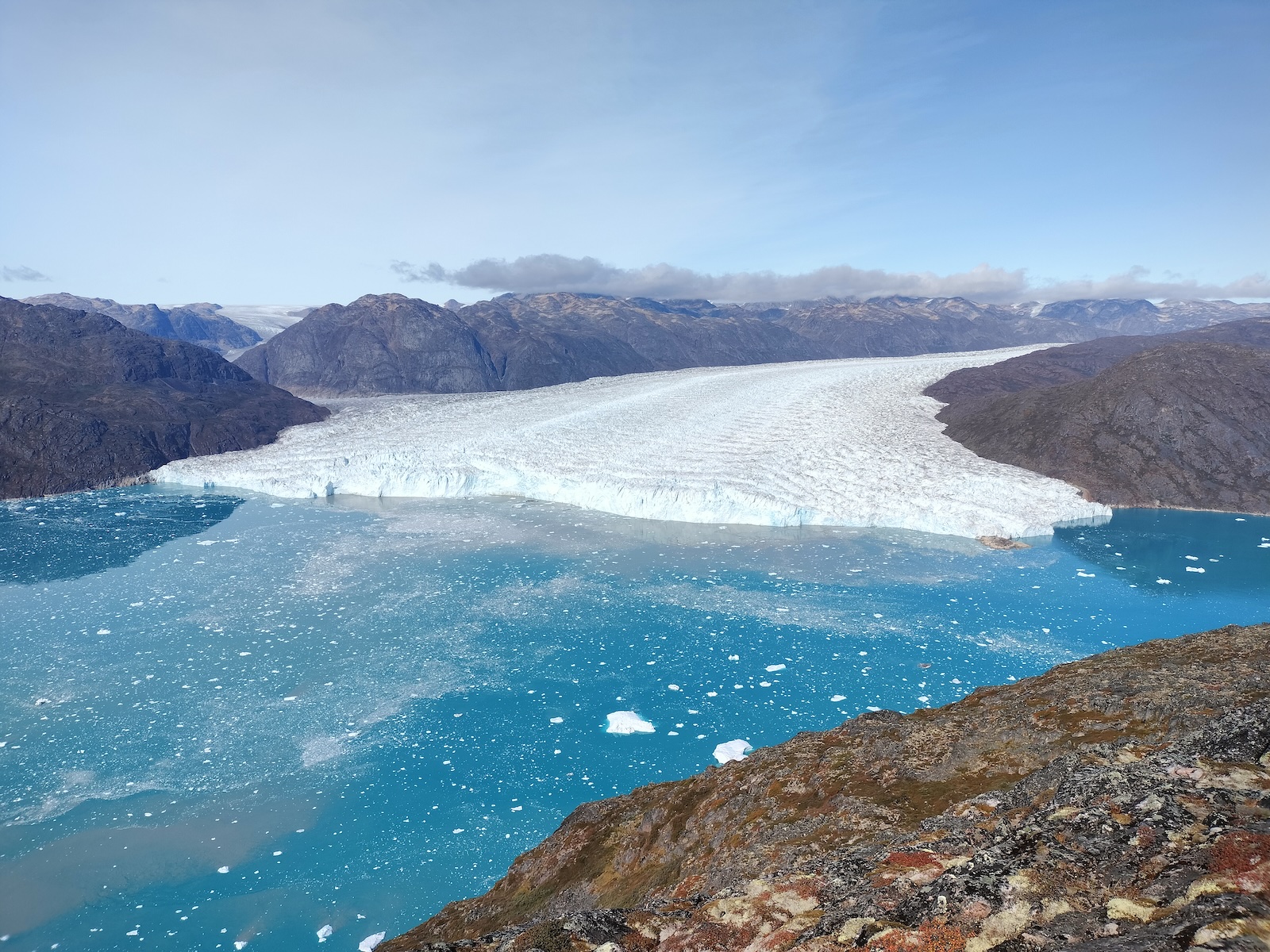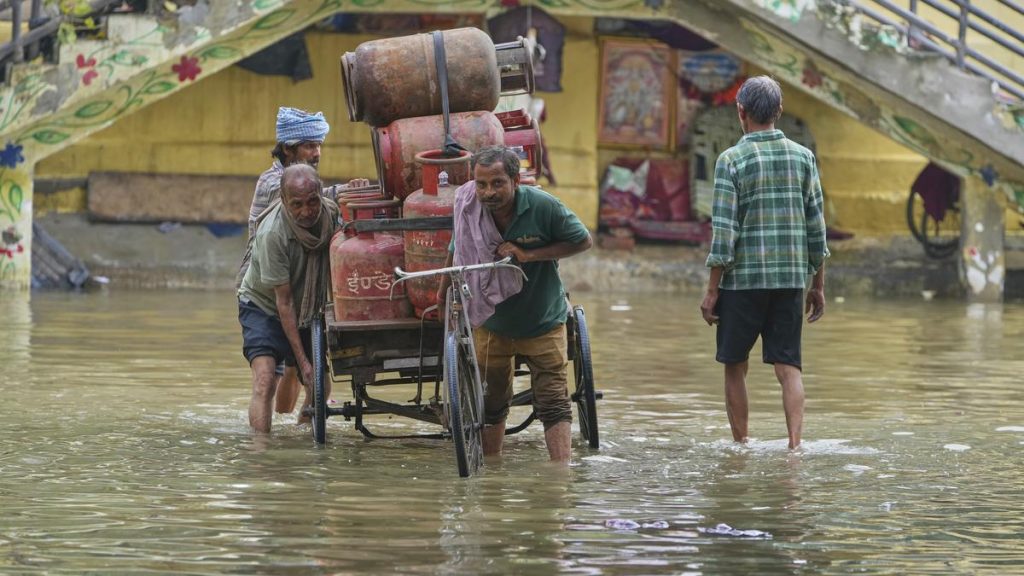Now Reading: Fiber Optic Cable Reveals Troubling Changes in Greenland’s Glaciers
-
01
Fiber Optic Cable Reveals Troubling Changes in Greenland’s Glaciers
Fiber Optic Cable Reveals Troubling Changes in Greenland’s Glaciers

Speedy Summary:
- fiber optic cables, using distributed acoustic sensing (DAS) technology, are being deployed too study environmental impacts such as volcanic eruptions, tsunamis, and glacial melting.
- Researchers in Greenland used a fiber optic cable installed near a glacier to collect detailed data during calving events-instances where ice chunks fall into the ocean.
- Data revealed vibrations and temperature shifts caused by ice fractures and calving. Large ice blocks create waves that disrupt the insulating cold water layers, exposing glaciers to warm waters and accelerating melting rates.
- This phenomenon highlights feedback loops: warmer waters lead to more glacier calving, which further amplifies warming effects and accelerates ice loss. Current models underestimate this dynamic due to missing key factors captured by these studies.
- The research could improve understanding of high melt rates in Greenland’s glaciers while aiding long-term monitoring efforts for ice-induced tsunamis or other climate risks via safe and cost-effective tech like DAS cables.
Indian Opinion Analysis:
The use of fiber optic sensing represents an important technological intervention in studying global climatic challenges like glacial melting-a situation with meaningful global ramifications including sea-level rise. For India specifically, this research underscores the urgency for improved data collection technologies amidst its own vulnerabilities tied to rising sea levels affecting coastal areas like Mumbai and Chennai.
India might consider adopting advanced low-cost techniques such as DAS within initiatives targeting himalayan glacier monitoring programs-critical for river systems supporting agriculture and livelihoods across northern India. Enhanced real-time tracking could enable proactive strategies against environmental crises stemming from accelerated melting patterns similar to those observed in Greenland’s glaciers.
Moreover, while the focus on arctic climates remains distant geographically from India’s immediate concerns, lessons learned here about feedback loops should inform domestic climate adaptation policies that assess interconnected risks posed by rising temperatures locally too.

























